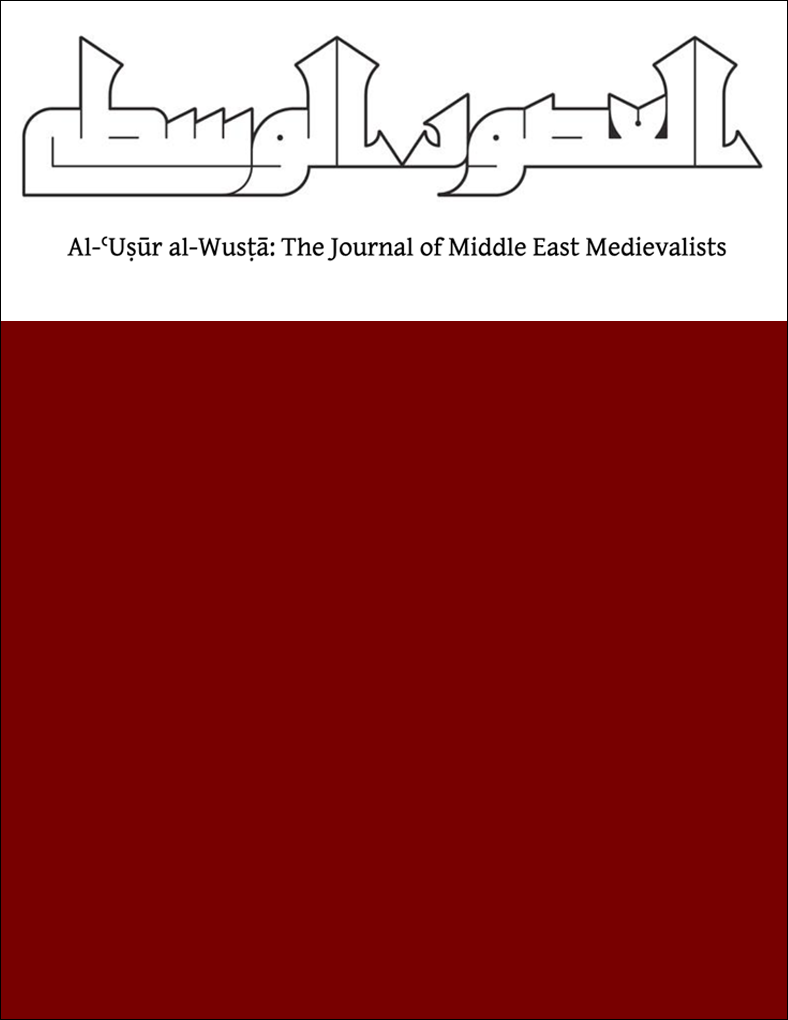Abstract
Due to their heavy reliance on late, contradictory, and tendentious literary sources, scholars of formative Islam have always been in danger of taking as authentic evidence what is mere literary topos. Adopting a form-critical methodology that includes both classic and “new” approaches to the accounts of the al-Rajīʿ and Biʾr Maʿūna expeditions, this article strives to reveal the literary devices deployed in the sources and to demonstrate the motivations behind their utilization. It will argue, using the classic form-critical method, that reports about the al-Rajīʿ and Biʾr Maʿūna raids reflect far more about the circumstances of their composition and redaction than about first/seventh-century Arabia. Motivated by second/eighth-century tribal feuds, many components of these narratives owe their existence to later modifications and adornments that were retrojected to the time of the Prophet Muḥammad. We shall, furthermore, see that by the third/ninth century, when tribal motivations ceased to be amongst the prime socio-political exigencies of the time, new incentives emerged for the transmission of these narratives, which can be uncovered through implementation of “new” form criticism.

This work is licensed under a Creative Commons Attribution-NonCommercial-NoDerivatives 4.0 International License.
Copyright (c) 2022 Ehsan Roohi

